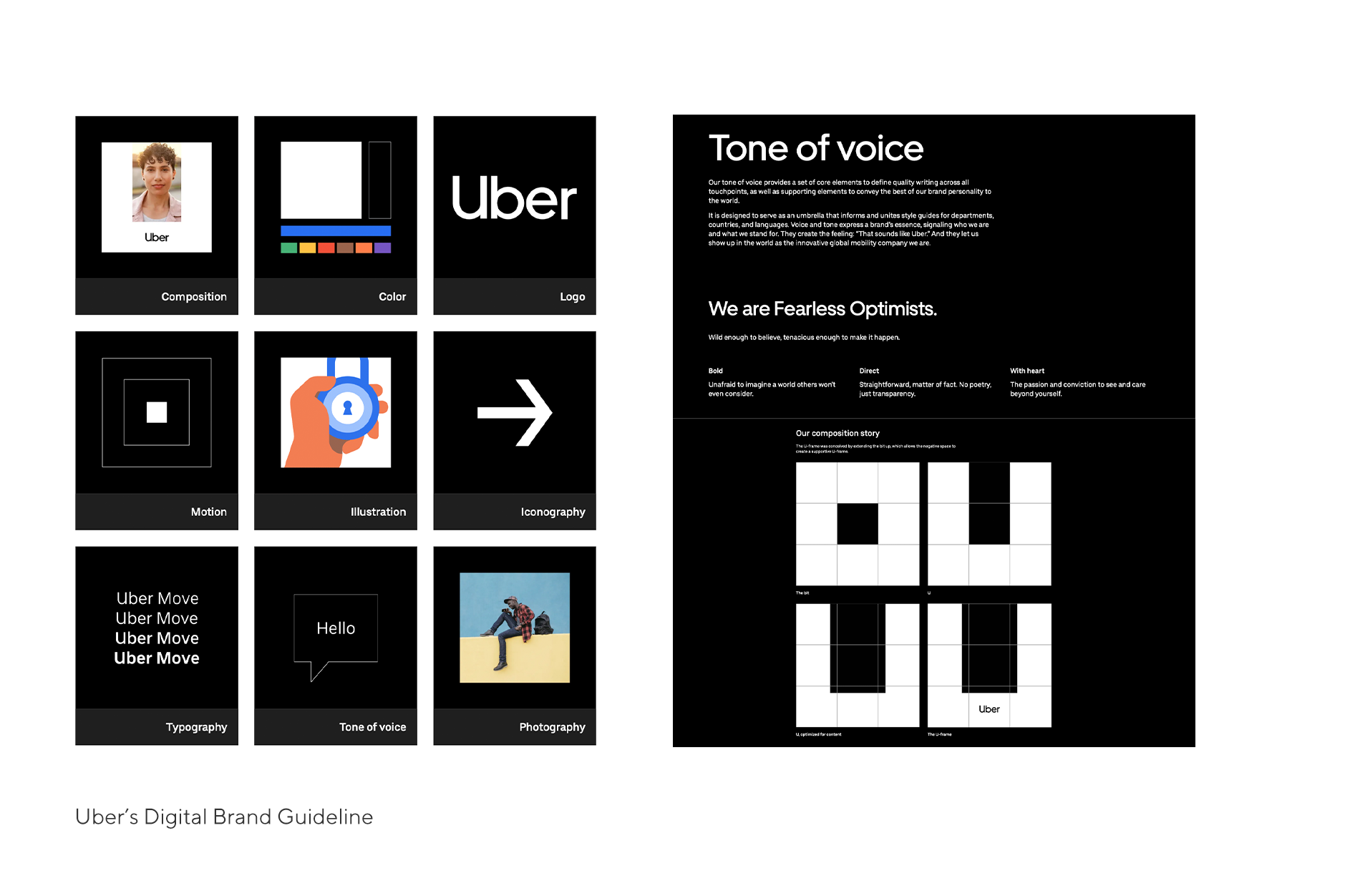Five Elements of a Great Brand Guideline
Whether you're just starting your business or considering a rebranding, ensuring the presence of these elements will go a long way in building a strong foundation for your brand.

By this, we mean that your brand guideline should never be vague. A vague document will leave room for interpretation and in turn, the dilution of your brand. Moreover, a good brand book will cover all the questions one may have when working with your brand - be it a collaboration, partnership, influencer sponsorships or just onboarding new team members.
Our previous point referred to depth, while here we mean width. In other words, ensure that your guideline is relevant to all the departments in your business. With a guideline that's pervasive to all business units, you can measure and improve your brand as a business owner.

Consider your Brand Guideline as an educational document foremost. Therefore, work on simplifying the language and the visuals within your brand guideline. Remember, the simpler it is to follow instructions, the more likely it is that they will be followed. Moreover, when instructions are complex, you leave room for misinterpretation.
While this may seem contrary simplicity, the two elements are not mutually exclusive. There's a range on how detailed you can make your guideline while also keeping it simple. Like most things in the realm of business, writing a guideline is a balancing act. Ensure that your guideline is detailed enough for it to be actionable by it's audience.
When working with your agency on a guideline, ensure that it contains examples for the brand's applications. Cover all your bases with what is permitted and what is not within the rules of the brand. Without specific examples, your branding may not appear consistent across collaterals. And without consistency, you have no brand.
You might also like

